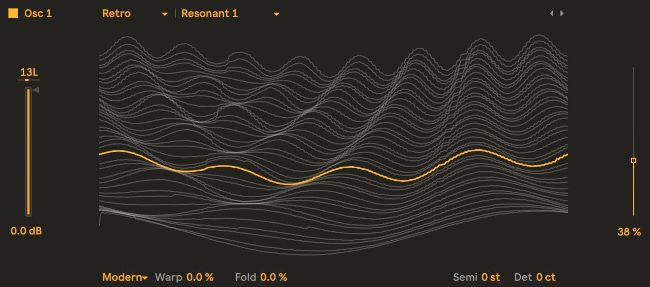Wavetable synthesis
Taking the subtractive concept a stage further, we explore one of the most interesting synthesis formats, where the waves get bigger and bolder

Live allows the creation of wavetables, from within the DAW. Here you can see the multiple ‘tracks’ of waves, assigned to the wavetable
The wonderful thing about technology is that it never stands still. Once subtractive had become firmly established in the synthesist’s psyche, key figures in the synth industry started to look for new sounds and concepts. Once such figure was Wolfgang Palm who became the driving force behind a unique new form synthesis, which came to fruition in the late ’70s.
Wavetables from the ashes
The concept of wavetable synthesis had been around for some years, but it took Palm’s vision to bring the format into being in the late ’70s and early ’80s. Palm Products GmbH, better known as PPG, flew the flag for wavetable through their Wave product range. In reality, they were a little ahead of their time; you could link a Wave synthesiser to the Waveterm computer and create new digital or sampled sounds, a little like the more fashionable Fairlight CMI. It was partly this loss of battle with the Fairlight that led to PPG closing its doors in 1987, but thanks to a German PPG distributor, the technology was resurrected through a new company called Waldorf Music. Waldorf continue to hold a candle to PPG and Wavetable, thanks to their legendary Microwave synthesiser, and current Quantum and Iridium synthesisers, which could be considered PPGs for a current age.